DRE for strengthening India’s resilience against natural calamities
DRE for strengthening India’s resilience against natural calamities
Natural disasters are catastrophic events with atmospheric, geological, and hydrological origins, be it earthquakes, floods, hurricanes, or landslides, which can cause fatalities, property damage and social environment disruption.
Natural disasters have a significant impact on the public health and well-being of populations affected. Negative health impacts can be direct such as injuries or outbreak of infectious diseases, or indirect such as malnutrition.
Disaster management in India has evolved from an activity-based reactive setup to a proactive institutionalized structure. Disaster management is a multidisciplinary field, which requires a general coordination approach as well as specialist approaches. Overall, it is a multidisciplinary field which comes under the purview of various systems for coordination and execution of activities.
When a disaster strikes, the whole infrastructure including electricity shuts down for days or longer years depending on the nature of the disaster. In the absence of electricity, all human activities and businesses are either damaged or ruined. When businesses fail to survive after a disaster, the overall economic health and social viability of a community is threatened requiring measures to return the community to normal after providing relief in the early stages of disaster.
Decentralized Renewable Energy in disaster management
To provide electricity to each home after the disaster requires propagation, transmission, distribution, and management of electricity which is expensive and takes time to implement. When natural disasters strike, energy grids are often the first to fail. Lack of electricity can delay recovery and rescue efforts. After the recovery and rescue missions, activating the power grid is costly and time consuming. The use of diesel –powered engines to provide emergency power unfortunately can be dangerous in the hands of untrained users and is reported to have incidents of fire, fuel explosion, burns and problems of noise.
DRE provides instant, reliable, cost-effective, and portable source of power to the victims of natural disasters. DRE solutions such as solar mini-grids, pico-grids, solar lanterns, and solar-powered unit boxes for charging multiple smartphones at a time are of immense use in the wake of such disasters. Energy provided by deploying such off-grid methods not just allow officials to better implement and manage disaster relief but also provide the much-needed comfort, security, and aid to victims.
Mobile PV systems are a natural solution to providing electrical power to homes, businesses, streetlights, radio stations, health clinics, and shelters at the disaster sites before utility electricity is restored. After the immediate disaster relief, it is important to provide continuous power to the community in case grid systems takes longer to resume or are located at remote areas. Solar energy has the ability to enhance resilience in the communities by providing backup power even if the grid is not restored. This can be achieved by using solar micro grids and developing community solar which is a partnership between citizens, Government, and businesses.
Standalone systems are another alternative which can be used for remote areas where electricity from the power grid is not available. These systems are not connected to the grid but can provide DC or AC by the use of PV panels in the presence of sun.
Solar PV systems are the natural solution to providing electrical power to homes, businesses, street lights, radio stations, health clinics, shelters and homes at the disaster sites before utility electricity is restored. PV systems can also be used for more than a billion people living in remote locations that have no access to electricity. The examples of solar generation cart and solar suitcase showed that relatively inexpensive standalone system on wheels can be assembled off the shelf to use it for various applications in disaster relief and daily living. The portable solar suitcase can also be manufactured locally at a reduced cost or bought by donation for medical and humanitarian applications. New trends such as community solar and solar micro grid are emerging to provide electricity for disaster resilience in case grid system takes longer to resume or is located at remote areas. These trends have the ability to enhance resilience in the communities by providing backup power even if the grid is not restored.
CLEAN Members for Disaster Management:
Bihar faced its worst floods in 2017 with 514 deaths reported by the Bihar Disaster Management Department (BDMD). With uncertainty about the availability of grid power, renewable energy mini-grids — Tara Urja and Desi Power — stepped up to provide back-up power and assist with relief operations in eight villages, including Nabiganj, Siwan and Araria. Tara Urja and Desi Power are private energy service companies working with the Smart Power India to help scale mini-grids in India. Araria was one of the worst affected by the floods. The village was under 3 feet of water. Desi Power helped in providing electricity to power a range of appliances. When the grid connectivity was off and the grid had to be shut down, the plant was kept open to help people access essential services such as charging mobile phones and solar lantern from the battery backup.
Tropical Cyclone Fani tore through the state of Odisha in eastern India as one of the worst storms to hit the country since 1999. The extremely severe cyclonic storm Fani that swept across Odisha ravaged homes, uprooted electricity poles and trees, and damaged everything that came in its way. The storm destroyed around 2 lakh electric poles in the state. This led to disruption of both electricity and power supply. In these difficult circumstances, solar-powered water pumps came to the rescue of the people of Odisha. Micro grids helped in quickly restoring electricity in some areas. Enabling people to charge their phones and emergency¬ lights.
Moreover, the solar lanterns and solar streetlights helped in restoring the electricity supply in the state to normal. Cyclone Fani proves that emergency services and deployment of solar devices can help manage the damage natural storms often cause.
The devastating floods in Kerala created havoc among people. When the electricity board had turned off power distribution at Chengannur to prevent further danger following the unprecedented rain and deluge, there was a house in the locality that remained lit up, providing shelter to five families from the neighborhood. The reason was that a rooftop solar power plant was installed at the house which was helping in providing electricity. The house became a center from where the refugees sent SOS messages, everyone charged their phones and remained connected to the outside world. Fortunately, the house was not submerged as it is located on a higher plane.
Though this is on a small scale, installing these power plants on a large scale can help in disaster preparedness to a great extent.
Written by: Ananya Saini
The author works as Associate – Policy at CLEAN


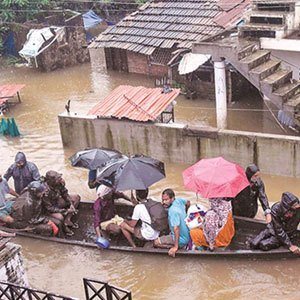
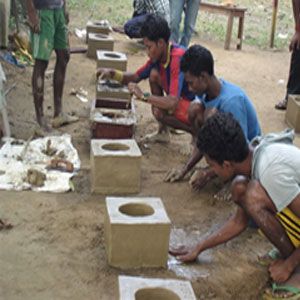
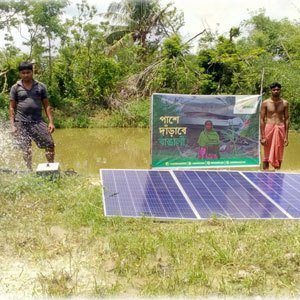
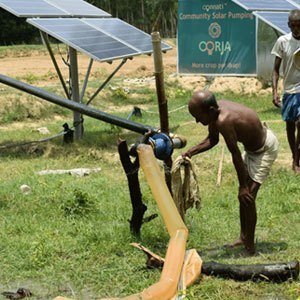
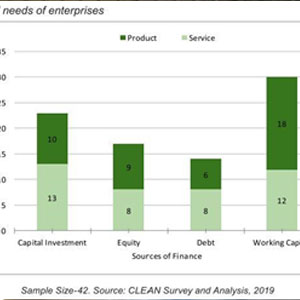
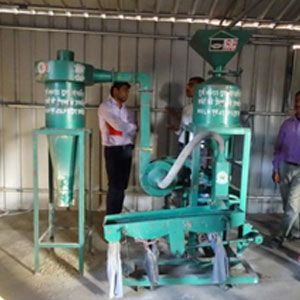
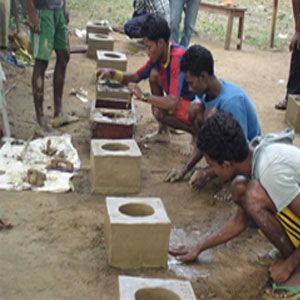







Posts Comments (0)
Write a Comment
We’ll not publish your email address. Required fields are marked with *